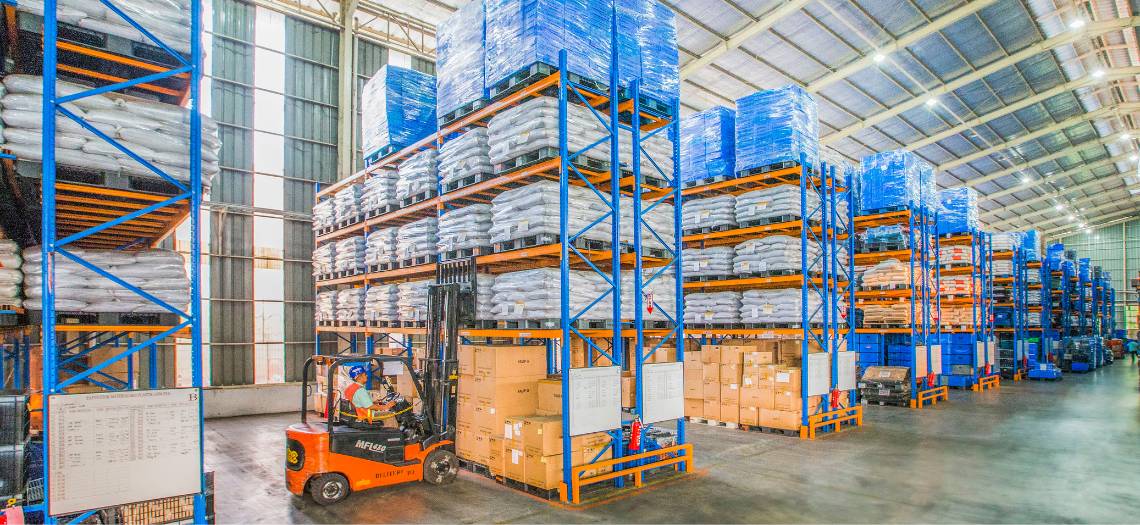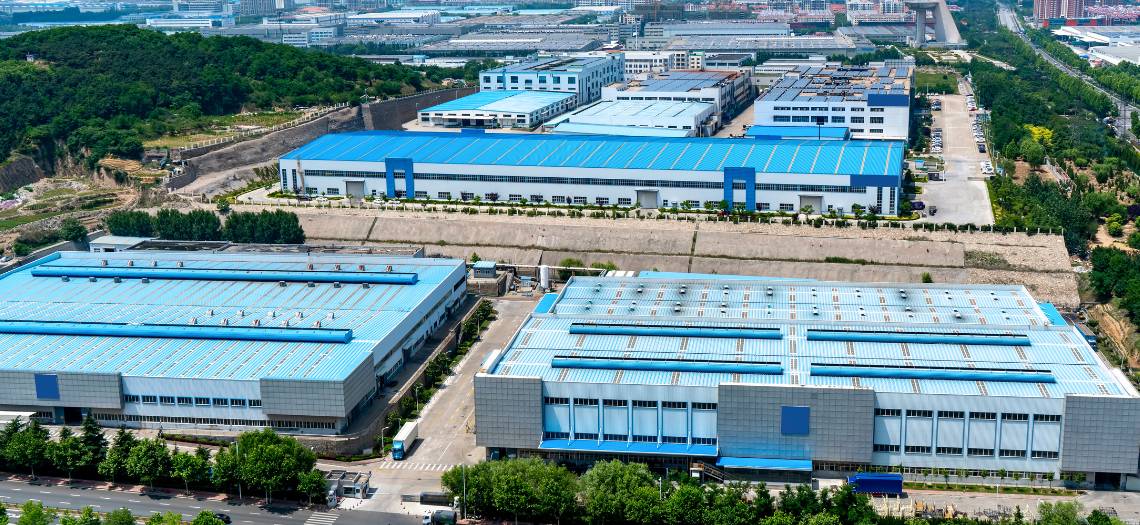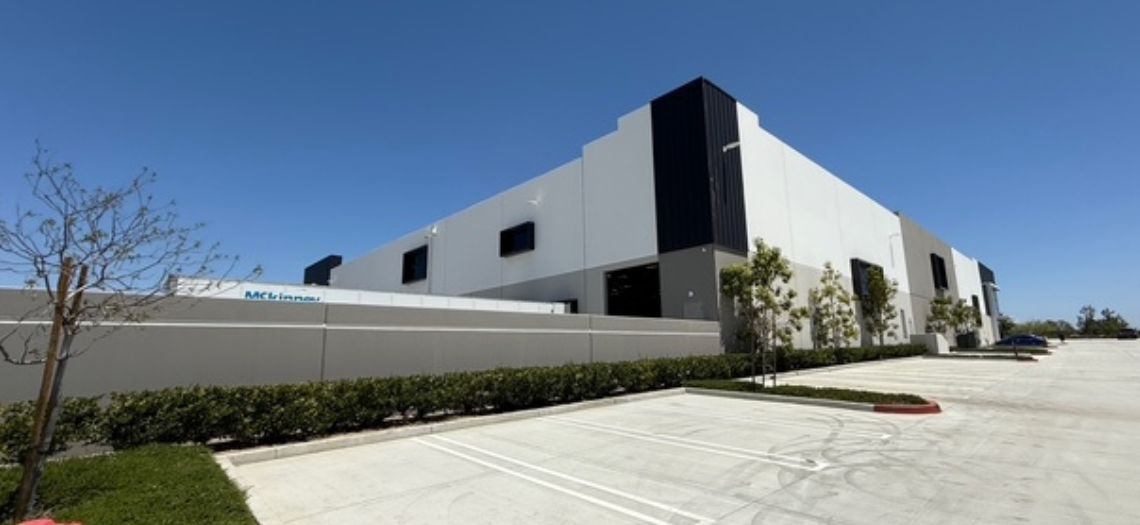Ecommerce fulfillment is the backbone of every online brand but it is also one of the most complex parts of the business to scale. As expectations around speed, accuracy, and flexibility rise many growing brands struggle to keep up. Operational cracks start to show as order volumes increase, customer demands shift, and multichannel complexity sets in.
What once worked in the early stages of a business often becomes a liability later. Manual workflows, disconnected systems, and limited infrastructure might be manageable with 50 orders a day but quickly fall apart at 500. Identifying the most common fulfillment challenges early helps brands avoid costly missteps and stay competitive.
Inventory Blind Spots
Inaccurate inventory is one of the most damaging fulfillment issues an ecommerce business can face. When stock levels are not synced in real time across sales channels overselling and stockouts become inevitable. That leads to canceled orders, delayed shipments, and disappointed customers who may never come back.
Inventory blind spots also cripple planning. If your system shows more inventory than you actually have you may run marketing campaigns or offer promotions on products you cannot fulfill. That not only damages your reputation but wastes ad spend and erodes profit margins. Real time visibility into inventory is not optional. It is essential.
Fulfillment That Falls Behind
Speed matters. In today’s market next day or even same day shipping is the baseline. When fulfillment operations cannot keep up delays stack up quickly and affect every part of the customer journey. The problem often stems from manual picking, disconnected order systems, or inefficient warehouse layouts.
Customers expect their orders to ship fast and arrive on time. When those expectations are not met the cost is not just in returns or refunds. It shows up in negative reviews, lower lifetime value, and lost referrals. Fast fulfillment is a competitive advantage but only if your infrastructure can support it.
Error Prone Order Handling
Few things damage customer trust faster than receiving the wrong item. Order accuracy is non negotiable. But many brands struggle with high error rates due to manual processes, untrained staff, or poorly integrated systems. The result is more returns, more customer service tickets, and more lost revenue.
Mistakes in fulfillment also erode your brand image. When customers cannot rely on you to get their order right the first time they start looking elsewhere. Smart fulfillment operations rely on barcoding, automation, and system integrations to keep error rates low and customer satisfaction high.
Returns That Hurt the Bottom Line
Returns are part of ecommerce but poor fulfillment practices make them worse. High return rates often signal issues upstream such as incorrect product listings, poor packaging, or quality control problems. Each return costs more than just the shipping label. It drains time, resources, and profit.
Handled correctly returns can be an opportunity to reinforce trust. Handled poorly they become a cost center that eats into margins. Streamlined reverse logistics, clear policies, and responsive customer support turn a necessary process into a loyalty builder.
Scalability Gridlock
What works when you’re small rarely scales. Rapid growth exposes the limits of in house systems, static workflows, and warehouse capacity. When orders spike many brands simply cannot keep up. Labor shortages, floor space constraints, and tech bottlenecks all contribute to missed service levels and frustrated customers.
Scalability is not just about adding space or headcount. It is about flexible infrastructure, smart automation, and fulfillment partners that can flex with your business. If your operation cannot grow with demand it will hold your brand back.
Disconnected Commerce Ecosystem
Selling across multiple channels is a growth strategy. Managing them without integration is a nightmare. Without a unified system orders come in from different platforms, inventory updates lag, and data lives in silos. That fragmentation causes fulfillment delays, errors, and customer complaints.
A connected tech stack is the foundation for seamless fulfillment. Your warehouse systems, order systems, storefronts, and marketplaces should speak to each other. When everything flows through a single system your operation becomes more agile, accurate, and responsive.
Labor Dependency and Training Gaps
Many fulfillment operations rely on tribal knowledge and seasonal labor that turns over frequently. Without standardized training and automation accuracy and speed drop as volume rises. Mistakes increase, morale drops, and your fulfillment process becomes unstable.
Automation reduces dependence on manual labor and allows consistent performance regardless of staffing. When workflows are documented, scalable, and tech supported your team can focus on high value tasks instead of firefighting.
Lack of Fulfillment Visibility
If you cannot see what is happening in real time you cannot fix it. Many brands run blind unaware of where orders are stuck, how long it takes to fulfill them, or which products are at risk of delay. That lack of visibility causes reactive decision making and late responses to fulfillment issues.
Live reporting, dashboards, and alerts are essential tools for modern fulfillment. They allow operators to catch problems early, track performance metrics, and adjust quickly. Visibility transforms fulfillment from a cost center into a growth engine.
Fulfillment That Does Not Reflect the Brand
Your product may be high quality but if the unboxing experience feels generic or arrives late it damages perception. Packaging, delivery speed, and accuracy are all part of the brand experience. If they feel cheap or inconsistent customers notice.
Smart brands use fulfillment to reinforce their identity. That includes custom packaging, branded inserts, and consistent delivery performance. The goal is to make fulfillment invisible when done right and memorable when it elevates the brand experience.
Ecommerce fulfillment is where operational excellence meets customer experience. The most successful brands are not just selling great products but they are executing consistently behind the scenes. Solving these common fulfillment challenges requires more than quick fixes. It takes the right systems, the right partners, and a strategy built for scale. If your fulfillment process is holding you back, now is the time to upgrade before it impacts your bottom line.
Ready to fix what is slowing you down?
Partner with a 3PL built for accuracy, speed, and scale.
Let MAI Fulfillment take your operations to the next level.




